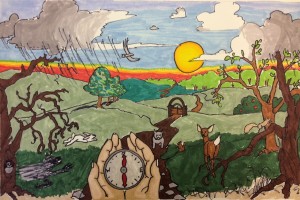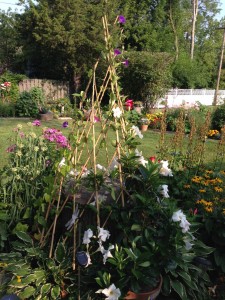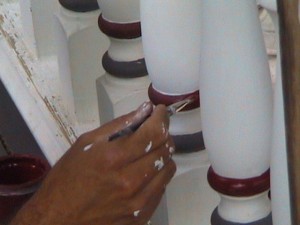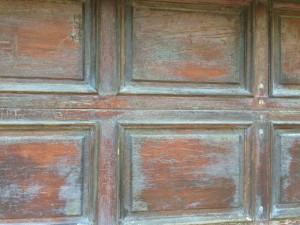Two children from Science & Arts Academy of Des Plaines have been working on creating a unique mural on the theme for their current academic year: Virtues. The team at Painting in Partnership has conceived of this project and is helping facilitate its creative process.
In a first session, the girls were introduced to the history of murals, going back to the cavemen. Then, our Color and Concept Consultant, along with our Muralist, helped facilitate and capture the girl’s vision for living life in the pursuit of virtue development, by putting it in the form of a rough sketch for their mural-to-be. Our muralist then refined the sketch and submitted it for approval by the girls. After incorporating their changes, we then submitted a final sketch for them to color in advance of the first painting session, which will take place later this week. As you can see from the sketch, the girls are well on their way to creating their mural!
I thought you might be interested in reading about the girls’ thoughts and the meaning behind the different images depicted in their sketch. Here we go:
– In the mural, the path leads from an area of bad traits to an area of good traits, but the traveler will face obstacles along the way.
– The shadow wolf is evil, made of black shadows and deceit chasing the rabbit, trying to catch the white, pure hope and devour it so the world becomes more evil.
– The deer and squirrels are running away from the shadows toward the light.
– The bulldog stands in the middle of the path, saying that you must
want to do this and work to get past me.
– And the gate is mental determination. The gate will only open once you have fully embraced the need for change. Going through the gate is accepting change and moving forward.
– The gate is part of the way down the path because you can make some improvements without admitting that you are in a dark place. But to get all the way there, you need to admit that you need to change.
– The moral compass says you must get past the gate. The compass is your conscience, the drive to get better. It is your guide on the way.
– The sun is not high in the sky, but low on the horizon. It is close to you at sunset. Finally, you have made it here where there is beauty, happiness and color. The sunset is like a sideways rainbow.
– For us, bright color represents happiness. It is hard to be happy in a world of black and white and gray. The colors’ vibrancy is beauty and joy.
– The season of the mural is mostly spring, but it moves from winter to summer as you progress along the path.
The young ladies on this project are not only artists, but are indeed deep thinkers. Cannot wait to get to the painting part!








 Follow
Follow







